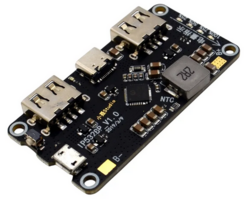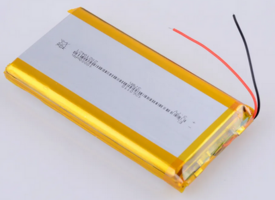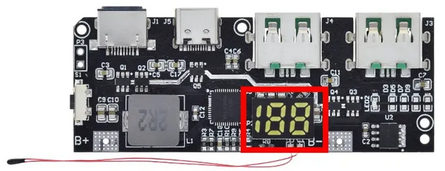kuru
Who the heck is Stephan Kramer?
I want to run a single board computer - likely an Orange Pi 5 - and a screen on batteries. The board needs 5 V, the screen 12 V. I've read around a bit, and apparently using two voltage regulators for each item should do the trick. Which is baffling to me since reading about voltage dividers. Will that work without magic smoke?
Should I go with one big cell, or a number of small cells in parallel, and step-up regulators? Or four cells in series, and step-down regulators? I could use cylindrical cells with a protection circuit, and charge them in a dedicated charger. Which I'm not a fan of: inconvenient, big and heavy. Would rather use pouch cells. Which are also available with protection, but can't easily be charged externally.
Disregarding the options above - if possible I'd like to have the additional convenience of plugging in and charging this monstrosity during usage, just like a phone or laptop. Will a/any BMS do that?
What's important: Not killing myself in a fiery disaster and readily available parts.
These things are nebulous to me, and the options are plentiful - thank you in advance for your input!
Edit: I found this UPS for raspberry pi https://wiki.geekworm.com/X728#Overview
Claims up to 6 Amps, that should sort out the Pi 5. The pins wouldn't line up though, so that's a hassle. And I'd want to remove the battery holders because of their size, and replace them with a connector for a pouch cell. I'd likely make a mess there, the holder looks surface mounted.
Edit: I learned that pouch cells usually are li-po as opposed to NMC cylindrical cells and are not interchangeable.
Should I go with one big cell, or a number of small cells in parallel, and step-up regulators? Or four cells in series, and step-down regulators? I could use cylindrical cells with a protection circuit, and charge them in a dedicated charger. Which I'm not a fan of: inconvenient, big and heavy. Would rather use pouch cells. Which are also available with protection, but can't easily be charged externally.
Disregarding the options above - if possible I'd like to have the additional convenience of plugging in and charging this monstrosity during usage, just like a phone or laptop. Will a/any BMS do that?
What's important: Not killing myself in a fiery disaster and readily available parts.
These things are nebulous to me, and the options are plentiful - thank you in advance for your input!
Edit: I found this UPS for raspberry pi https://wiki.geekworm.com/X728#Overview
Claims up to 6 Amps, that should sort out the Pi 5. The pins wouldn't line up though, so that's a hassle. And I'd want to remove the battery holders because of their size, and replace them with a connector for a pouch cell. I'd likely make a mess there, the holder looks surface mounted.
Edit: I learned that pouch cells usually are li-po as opposed to NMC cylindrical cells and are not interchangeable.
Last edited:





